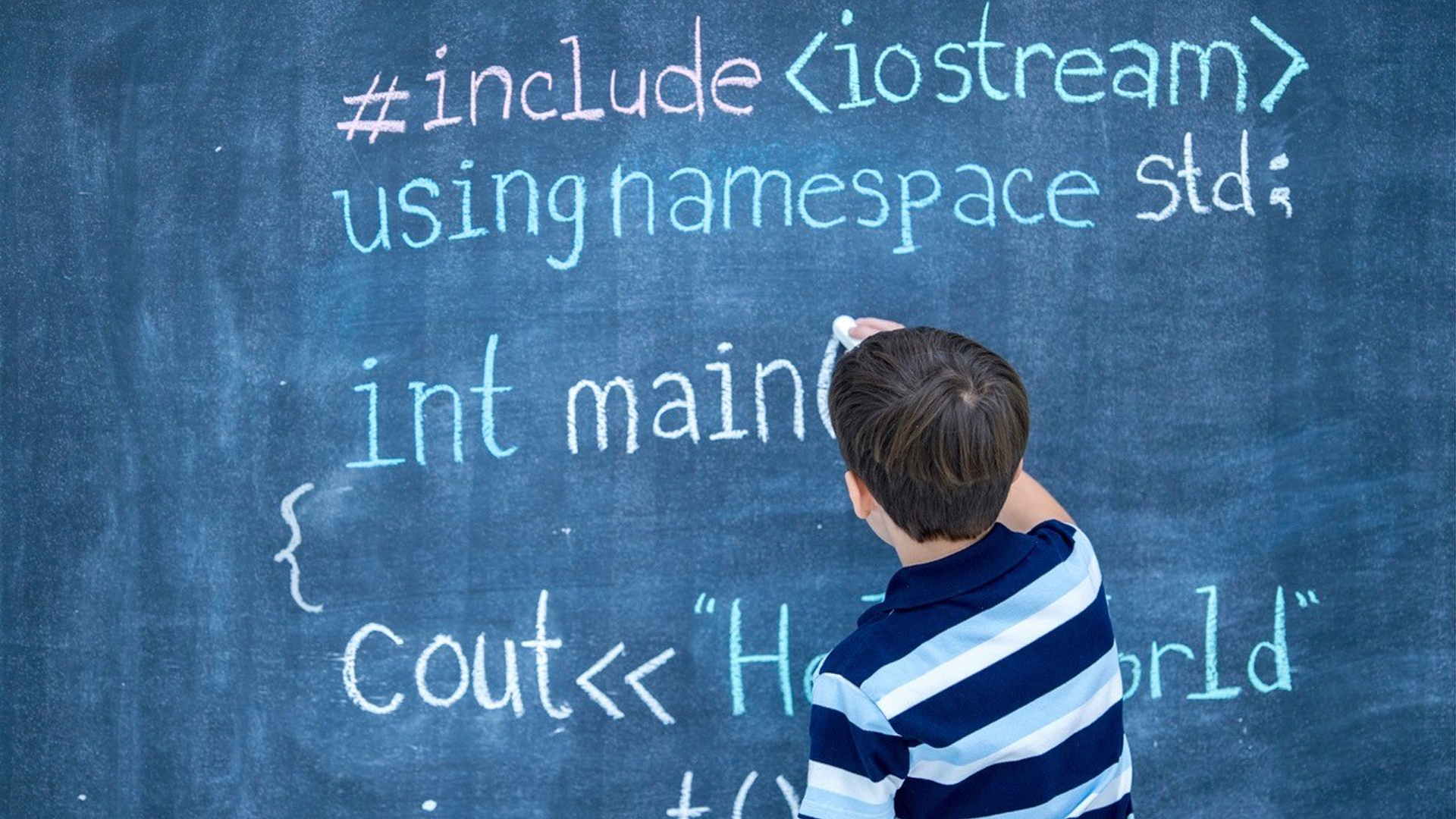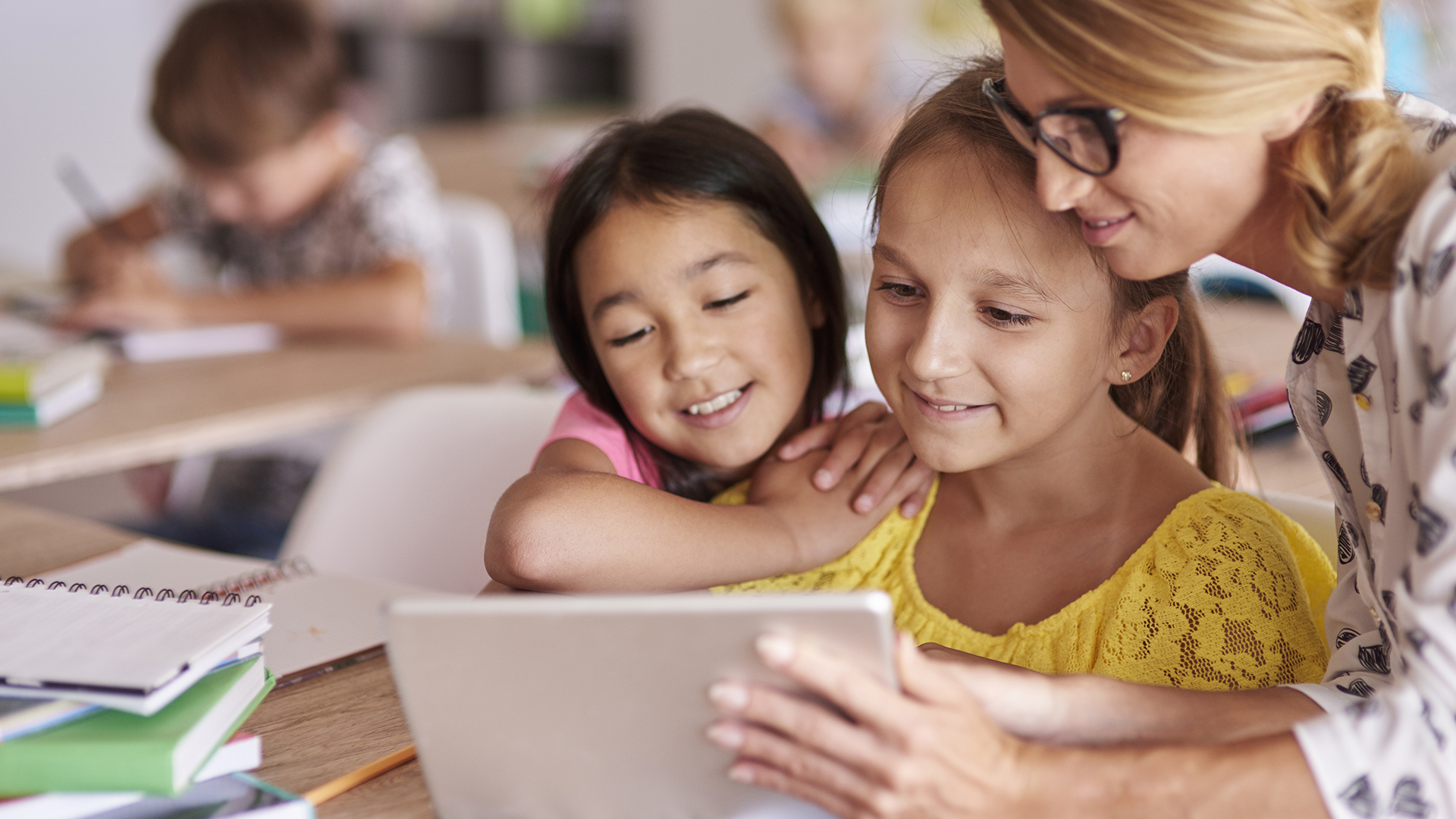AI is here to stay. Rather than fear it, we need to learn how to use it.
Key Points
- ChatGPT gained 57 million users in the first month and now has well over 100 million users globally.
- Potential positives of ChatGPT use include brainstorming, quick research, language translations, support for special needs, and entertainment.
- Potential negatives of ChatGPT use are lack of critical thinking, plagiarism, bullying, misinformation, and dependence on technology.
ChatGPT is the new artificial intelligence (AI) chatbot developed by OpenAI that can write essays, solve complex problems, compose song lyrics, do homework, and more. It has launched a new moral panic as many teachers, parents, and even some teens are convinced that students will use this tool to cheat. In response, a number of school districts have moved to ban ChatGPT.
The enthusiasm for the app, however, far offsets the opposition. ChatGPT gained 57 million users in the first month and now has well over 100 million users globally. Unsurprisingly, tech companies are scrambling to ramp up their AI investments. Microsoft has backed ChatGPT with a $10 billion investment sparking some tension with the folks over at Google.
Why all the fuss? AI has been around for a while, delivering your Netflix recommendations, correcting your grammar, and recalculating your driving route based on current traffic conditions. While these have raised minor concerns about data privacy, ChatGPT represents a new level of access with these capabilities in the public domain. It is a disruptive technology waiting to happen.
What is ChatGPT?
You can ask ChatCPT yourself. It will quite cheerfully give you an explanation. Be specific about length in your inquiry, though. It does tend to go on.
I’m ChatGPT, a chatbot designed to answer your questions! I use AI and machine learning to generate responses that sound like they’re coming from a human. AI is the broader concept of building intelligent machines, while machine learning is one of the methods used to achieve that goal. Just type in what you want to know or talk about, and I’ll do my best to help. Whether it’s homework, news, or just a friendly chat, I’m here for you!
Chat GPT Highlights
In our monthly Cyberwise Chats Webinar, Diana Graber and I discussed some of the issues, including the potential benefits and challenges with ChatGPT. Here are the highlights:
- ChatGPT responds to prompts the user enters, such as “What is a short, simple definition of ChatGPT?” The better and more specific the prompt, the higher quality of the response.
- ChatGPT gets its information from across the Internet. According to the OpenAI site, it has nothing newer than 2021 at present, and the search is limited to avoid keywords related to pornography, hate speech, etc.
- There is currently free 24/7 access, but users must be 18 to sign up.
- Be careful how you use it. It doesn’t have the ability to judge the accuracy of the information it provides, so it can get things wrong. ChatGPT has no ability to make value judgments, understand human emotions, or know how to judge the context of the questions you ask.
- It’s very good at organizing and writing clear sentences.
- Many chatbots are used to intentionally spread misinformation, bully, and generally stir up trouble. ChatGPT is just the first one with broad public access.
- Some potential positives of ChatGPT use include brainstorming, quick research, language translations, support for special needs, and entertainment.
- Some potential negatives of ChatGPT use are lack of critical thinking, plagiarism, bullying, misinformation, and dependence on technology.
Moral Panics
Humans are not very trusting when it comes to new technology. Many concerns about ChatGPT echo the moral panics throughout history, from when Socrates saw serious social problems with writing and privacy to politicians blaming school shootings on video games (e.g., Ferguson, 2008).
Moral panics generally reveal underlying beliefs of technological determinism, so before jumping on the “ban ChatGPT bandwagon,” remember that technology will continue to be a big part of our lives, especially our kids. There is no putting that horse back in the barn, so it’s a good idea to figure out how to prepare kids to navigate a world with AI.
Risk of Plagiarism
Stories about plagiarism with ChatGPT get a lot of attention. Not counting all those sites where you can buy essays and term papers, the copy and paste functions of any word processing software are the biggest facilitators of cheating in school. Should we ban those? The ability to check for AI is just around the corner.
Plagiarism detection services are all adding AI detection. Evidence suggests that cheating is widespread but is a product of socio-emotional drivers more than the availability of tools (Krienery et al., 2022). My experience teaching suggests that the best way to avoid plagiarism is to create assignments where it’s very difficult to cheat. Yes, some tools make cheating easier, but that doesn’t mean we should throw them out. I wouldn’t want to go back to pre-Internet days when the information was only as good as your local library was funded–if you had a local library at all.
Why do we start with the assumption that kids will cheat? That’s a reflection of ethical values and social pressures, not tools. A better question is, “What does AI like ChatGPT give us that we didn’t have before?” If we start with the assumption that AI is here to stay, what does this mean about education?
Preparing Kids for AI
Preparing kids for AI means teaching them the skills and knowledge they need to work with AI technologies. Foremost among these are critical thinking and ethical decision-making. This includes learning how to question and check information sources to develop data literacy and understanding key ethical concepts such as ownership (copyright, privacy, and plagiarism), citizenship (bullying, hate speech), and persuasive design (algorithmic bias, feedback loops). It also means learning how to be curious, collaborative, and creative with a continually changing set of tools.
Most of all, it means age-appropriate exposure to the benefits, challenges, and dangers of tools as they emerge and giving young people the skills they need to navigate the digital world. Sometimes, that means experimentation with new technology. Sometimes that means using a pencil and paper. But I guarantee that the more people try to ban ChatGPT, the more kids will want to try it.
How Teachers Can Use ChatGPT
Teachers can integrate ChatGPT into assignments to destroy the mystique and highlight the capabilities and limitations. Ask kids to use it for part of an assignment or have them evaluate the quality of the output or the things that make it sound like AI. Have them research sources to support the points that ChatGPT makes. For teachers whose after-school hours are filled with reports and repetitive tasks, Chat GPT is a good tool for things like syllabus updating, summarizing articles in simple language, generating quiz questions, and getting past the “blank page” trauma of writing.
One professor said that it was like having a really fast research assistant who made mistakes, although some evidence suggests that it can be a great tool for complex searches (Wang et al., 2021). Another integrated ChatGPT into an assignment asking students to source and evaluate a ChatGPT essay which helped the students see its shortcomings. The evaluation of the output is the key. It’s a great starter but not a good finisher.
What Parents Can Do About ChatGPT
Always start with a conversation. Don’t lecture or assume your kids will use it to cheat.
Don’t dismiss a tool like ChatGPT until you explore it for yourself. Think about how you would use it–and whether it could speed up your emails and reports or save you time around the house. I asked it to write a recipe for Sole Meuniere. It was very fast and accurate and included serving suggestions and wine pairings.
Ask your kids to brainstorm how they might use ChatGPT. Ask ChatGPT some questions together with your kids. Silly questions are fun (“What does Scooby-Doo eat for dinner?), and ChatGPT always delivers. (Scooby-Doo likes Scooby Snacks, but what he has for dinner is unclear.) All questions can lead you to a discussion about when it’s a helpful tool and what uses would be unethical or inappropriate.
AI is already driving a lot of our interactions with technology. The more we know how it works, the better, but it will never replace human cognition and will not go away. The only way to harness the potential is to learn how to use it well.
This article also appeared on PsychologyToday.com.
References
Ferguson, C. J. (2008). The school shooting/violent video game link: Causal relationship or moral panic?. Journal of investigative psychology and offender profiling, 5(1‐2), 25-37. https://doi.org/10.1002/jip.76
Krienert, J. L., Walsh, J. A., & Cannon, K. D. (2022). Changes in the Tradecraft of Cheating: Technological Advances in Academic Dishonesty. College Teaching, 70(3), 309–318. https://doi.org/10.1080/87567555.2021.1940813
Wang, S., Scells, H., Koopman, B., & Zuccon, G. (2023). Can ChatGPT Write a Good Boolean Query for Systematic Review Literature Search? (arXiv:2302.03495). arXiv. https://doi.org/10.48550/arXiv.2302.03495
Join Over 7,500 Fielding Alumni Located Around The World!
Change the world. Start with yours.™






Get Social